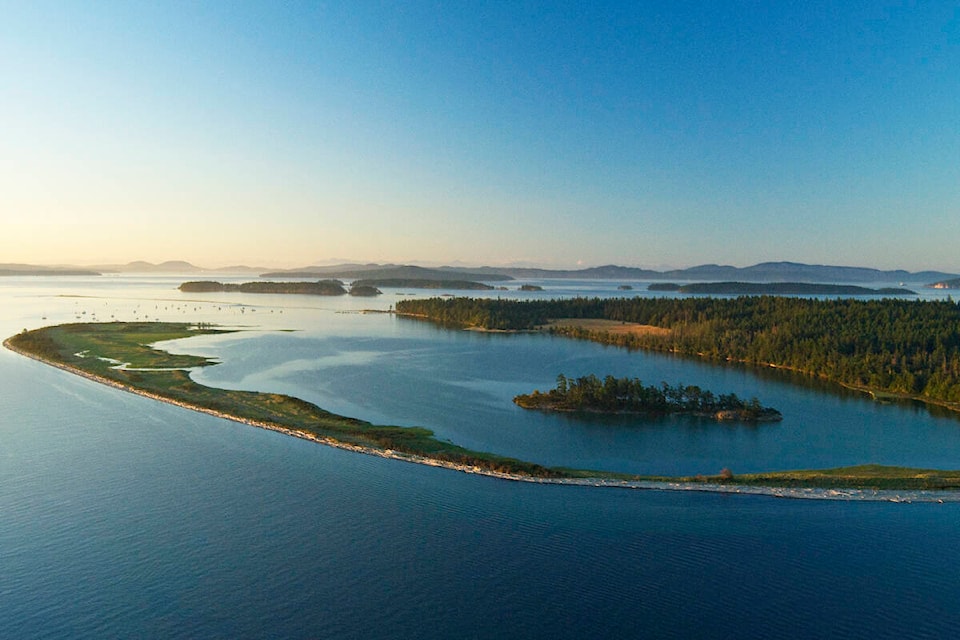Sidney Island residents will soon get the final say on if a proposed eradication of invasive fallow deer by Parks Canada and their partners will be allowed to move forward.
On March 2, resident members of the island’s strata will vote on the deer eradication, which is just one part of a larger ecosystem restoration project involving Parks Canada, local First Nations, homeowners on the island, provincial authorities, and the Island Trust Conservancy.
March’s vote follows a vote held in 2022 on whether the strata would allow access for the project, which initially failed despite around 55 per cent of votes cast being in favour.
Mike Law, a homeowner on the island and strata board member, said that initial vote required at least 75 per cent of votes to be in favour in order to pass, but the province’s Civil Resolution Tribunal was tasked with weighing in on the issue after two groups of residents filed competing claims.
Law said the tribunal ruled a simple majority was enough to constitute approval, and ordered the strata to hold two new votes – one to decide whether to approve the invasive deer eradication, and another on whether to approve the project’s work focused on eliminating invasive vegetation and replace it with native species, which will take place later this year.
READ MORE:
“The ownership group on Sidney Island is making a very difficult decision, but it’s a decision that is being made with the island’s best interests in mind,” said Law.
“There is a broad camp of owners that believe the removal of invasive species, both plant and animal, will allow for the restoration and regeneration of the critically important Douglas fir ecosystem on the island … on the other hand, there are owners who believe the deer have been on the island for a long time and are now part of the ecosystem.
“There is a history of hunting on the island that a number of owners are actively engaged with, and who believe the deer population is currently under control, so there is no need to undertake a full eradication.”
While the issue of what to do with the invasive fallow deer population and native black tail deer population remains the most debated element of the wider restoration project on the island, Gulf Islands National Park Reserve superintendent Kate Humble said the project also plans on restoring native vegetation and controlling invasive vegetation, and long-term management to restore the health of the native black tailed deer population on the island.
While the project would move ahead even if the community shoots down the eradication of invasive deer, Humble said not addressing that issue would significantly reduce the effectiveness of the overall project. The issue, she said, is that fallow deer eat vegetation down to the ground, completely killing the plant. Native deer typically only eat the buds of a plant, allowing the plant to continue growing.
The result over the years since settlers introduced fallow deer in the early 1900s is the island’s already vulnerable coastal Douglas fir ecosystem is now one of the least diverse of the Gulf Islands, and in much of the forest the ground is very barren, other than large trees. Many of those plant species no longer found on the island are important to Indigenous medicine and ceremony.
Should the deer eradication be approved by the island’s residents, this summer would see detailed impact assessments of the proposal conducted along with more engagement with stakeholders to refine the exact approach. Winter 2023 and 2024 is when the actual eradication would take place, to ensure the park lands are free from visitors, while the entire ecosystem restoration project would finish in 2026.
READ MORE:
justin.samanski-langille@goldstreamgazette.com
Like us on and follow us on .



